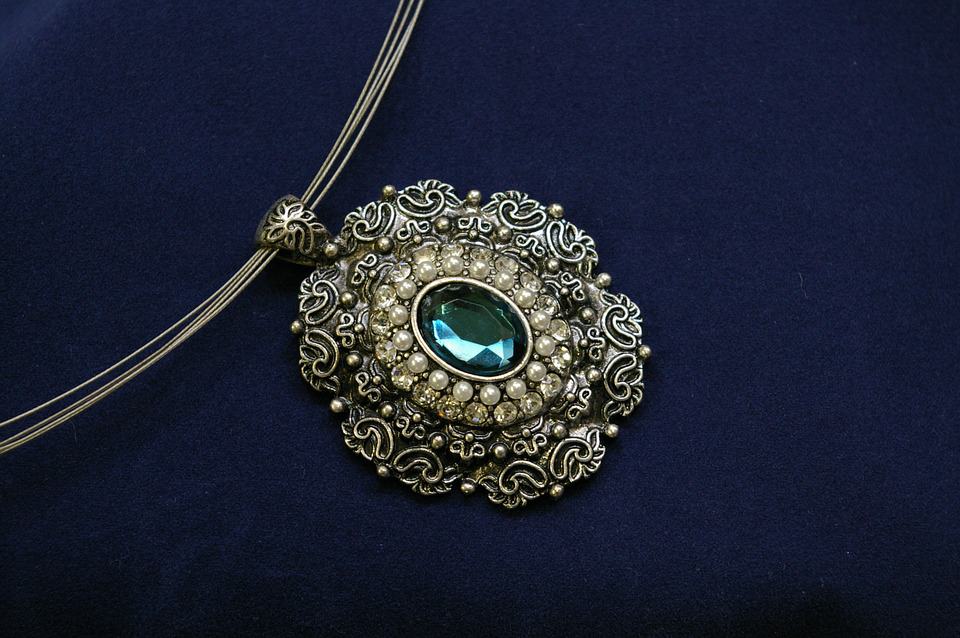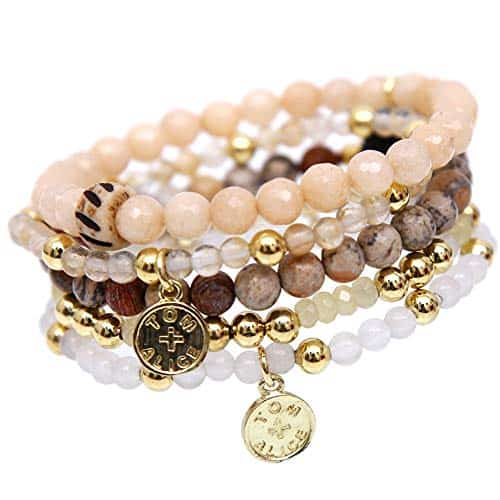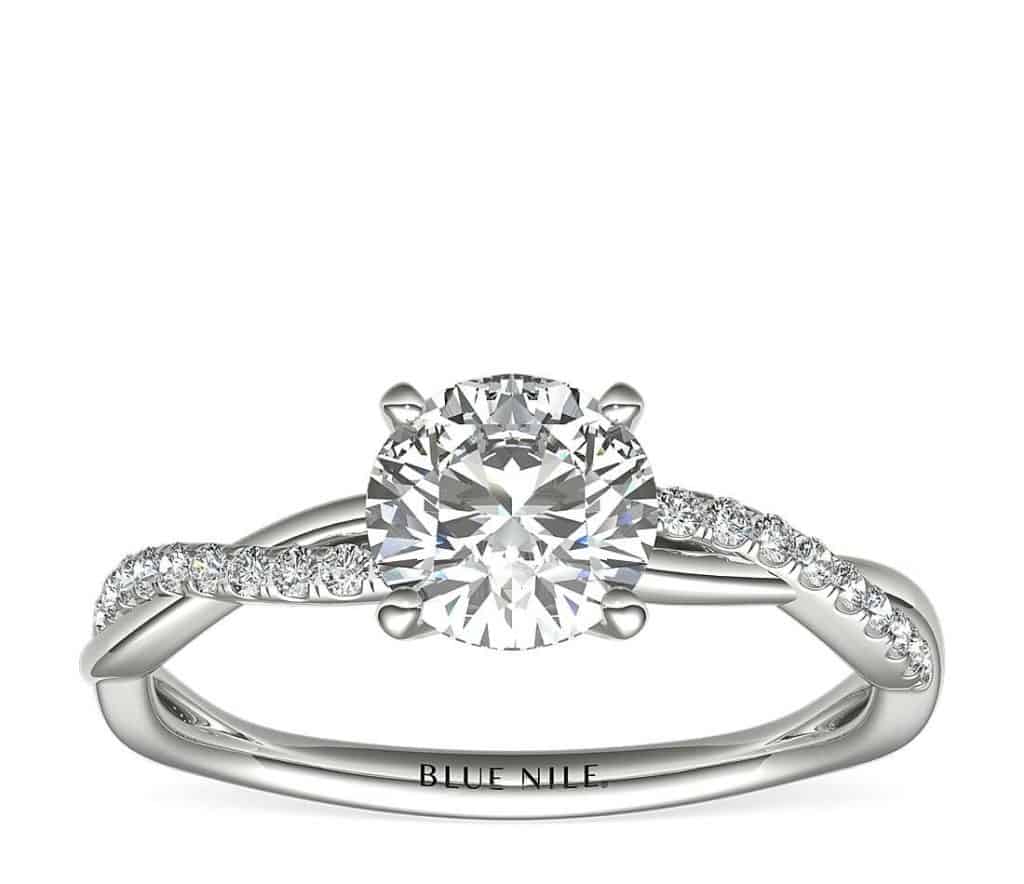Jewelry may be considered one of a woman’s most prized possessions; not only due to the material wealth that it may hold, but more importantly to the immense sentimental value that certain pieces of jewelry represent, such as an engagement ring. No matter what the price range of the piece of jewelry, women all around the world are known to spend large amounts of money on jewelry throughout their lives.
Given the huge variety in prices, designs, materials, and quality in jewelry, women have something to choose from no matter what kind of piece of jewelry they want. There exist two broad ways of making women’s jewelry the conventional and the mass-produced way.
The conventional way involves hand-made jewelry usually produced usually in a customizable manner, each piece unique and unlike others present in the market. Conventional pieces of jewelry are usually pricier than mass-produced ones, which are cheaper to produce due to the techniques involved in mass production.
We will now look at the most common types of women’s jewelry that sellers produce that have been a success with women for centuries. Although jewelry designers are constantly innovating to come up with new forms of jewelry and ornaments for a woman’s body, the following are known to be classics that are undoubtedly popular with women all around the world.
Bracelet
A bracelet is the most common fashion accessory for a woman given the simplicity of its style and use. Because they require no fixed measurement of the wrist as they are usually elastic or have the ability to be adjusted according to the size of the wrist, they are among the most commonly purchased presents for women. The following are some other types of bracelets that hold immense popularity with women all around the world:
Bangles
Beaded Bracelets
Slap Bracelets
Necklace :
They come in a variety of sizes and designs depending upon the materials that are used to make the necklace. It won’t be untrue to say that a good necklace can alleviate any look that a woman is going for, whether chic or rustic.
Ring :
It is a well-known fact ring hold a near and dear place in a woman’s heart. They come in all shapes and sizes, with unique designs that are sure to please every woman according to her liking.
Earrings:
It’s very difficult to find a woman that dislike earrings because they come in all shapes and forms possibly imaginable: these include studs, hoops, dangles, and huggy earrings.
Here is the process of inspecting women’s Jewelry
Since most women view jewelry as a very delicate piece of investment that helps them to express themselves and their style in fashion, it is imminent that not only do the designs of the jewelry stand out but the quality should also align with what the consumers expect given the price range.
Of course, it is absurd to expect that a ring that costs $10 and $1000 would yield the same quality; but given the price range, it is important to comply with laws present to make sure that the products being sold are of good quality and add value to the customer’s life.
Hence to ensure that each piece of jewelry that reaches consumers fulfills the quality and standard requirements, a number of methods of inspections are used to verify the that all products are free of any defects and abide by the description provided. Although the inspection process varies depending upon whether the jewelry is hand-made or machine-made, the following techniques apply to all forms of jewelry generally:
Pre-production Jewelry Inspection
The pre-production stage involves examining the machines and crafting devices that would be needed to produce the jewelry, either by hand or by machine. This is so that all of the jewelry that is produced is of an adequate standard and that there are no defects instilled into the jewelry due to improper functioning of the machines.
Raw Materials Inspection
Just like any other product in the world, if the raw materials used are of a subpar quality then you cannot expect the end product to be durable. Similarly, it is highly important to see that the raw materials being used in the manufacturing of women’s jewelry meet the standard requirements as specified by the business.
It is also vital to check each that there are no defects in the raw materials itself, such as the texture or color of the metal being used, so that the final product turns out to be of acceptable quality, therefore, the raw materials should be checked for any anomalies such as lumps, molds, cracks or blemishes- and any piece not found to fit the requirements should be marked as defected and not used.
Craft And Assembly Inspection
The purpose of the craft and assembly inspection stage is to see that the machinery and devices, as well as the raw materials, are fit-for-purpose and can be used in harmony to produce a good quality end product. The parts should coincide with the master plan of the jewelry so that there will be as little as possible defects in the final product once it is ready to be dispatched for sale.
Design And Construction Inspection
There are several processes that are needed to implemented and followed accurately in order to make sure that the jewelry being produced is identical to the master-design in the case of mass production especially.
If any piece is found to be significantly different from the master design provided to the manufacturer, then that piece will be marked as defective and not sold- meaning a loss of not only money but time and energy also.
Therefore, the following steps are vital to ensure that all of the pieces of jewelry being produced are of good quality that satisfies the customer, as well as meeting the base requirements of the business. If any piece is found to be significantly different from the master design provided to the manufacturer, then that piece will be marked as defective and not sold- meaning a loss of not only money but time and energy also.
Therefore, the following steps are vital to ensure that all of the pieces of jewelry being produced are of good quality that satisfies the customer, as well as meeting the base requirements of the business.
Master Model Making And Construction (Mass-Produced Women’s Jewelry)
As already stated, in mass production each piece of jewelry has to be identical to the master design in order to pass quality inspection and be ready for sale and distribution. Therefore it is extremely important to have a master design that exactly fits the description provided by the designers so that it can be replicated exactly, therefore, producing a highly accurate master design plays a key role in making sure that all copies that are mass-produced comply with the specifications given.
Gem Cutting And Matching
If the jewelry has any precious stones or gems embedded in it, it is important to see that the cut and design of that stone is exactly in accordance with the requirements presented. Once the gems have been cut, quality inspectors should make sure that the finish on these gems is acceptable free of any scratches or anomalies. Only then can these gems and stones pass this stage of inspection and move forward to the next stage, where they are fitted into the jewelry.
Wax Injection And Casting
The next stage is to create wax and rubber molds that are in-line with the master design. Once the molds are filled with wax, casting ensures that the jewelry is in made in just the right shape, design, and size as demanded by the business.
Pre-Finishing
Prior to visual inspection is the pre-finishing stage where each piece of jewelry is carefully removed from its casting and inspected to see its overall shape and design. Each piece should conform to the shape, design, and size of the master design- otherwise, the item is marked as defective and does not proceed further in the manufacturing process of women’s jewelry.
Polishing And Plating
Coat/plate according to product specifications. The next step is to adequately coat or plate the surface of the jewelry as described in the product specifications. No matter what the material or intended design, most pieces of jewelry today require some sort of coating as a finishing touch to the material before it is able to be worn by women.
This step is extremely important because it lays down the base of the jewelry onto which different embellishments are attached. If the coating is not done right, the jewelry has a rough look to it which is not appealing to most consumers.
Coating Inspection
As mentioned above, it is crucial to the overall look of the jewelry that an even coating is done on the surface of the jewelry. In this stage, this coating is inspected to check for any lines or marks.
The coating should not be patchy, or scare in some areas and excessive in others. However unlike other stages of inspection, if any item is not coated properly it should not be marked as defective, rather it can be recoated and used.
Visual Inspection
After coating and polishing, the jewelry is Stored overnight to let it cool so that there are no dents made on its surface during the visual inspection when it closely examined by quality inspectors.
The Purpose of this visual inspection is to make sure to the best of one’s ability that there exist no visible defects such as blemishes, dents, bubbles, stains or any other anomalies. The products so far must be free from any known imperfections that compromise the quality of the jewelry and the value attached to it.
Soldering
This stage is for the jewelry that is attached with gemstones or precious metals. Latches are made to grasp the stones and it important to check their strength and make sure that the stones will not fall off during normal use. This is crucial to the functionality of the item because a piece of jewelry that drops its gems and stones are definitely not providing the consumers with a durable product.
Final Jewelry Inspection And Testing
The final step is to ultimately inspect the finished products to make sure that they are Qualified for shipping. In a Final process of random inspection, jewelry pieces are selected and compared to the master design to make sure that the quality control standards have been met.
If any item is found to be defective, it will be salvaged for precious stones and the rest of its body would be melted and put back into the production process to make a new piece of jewelry.




